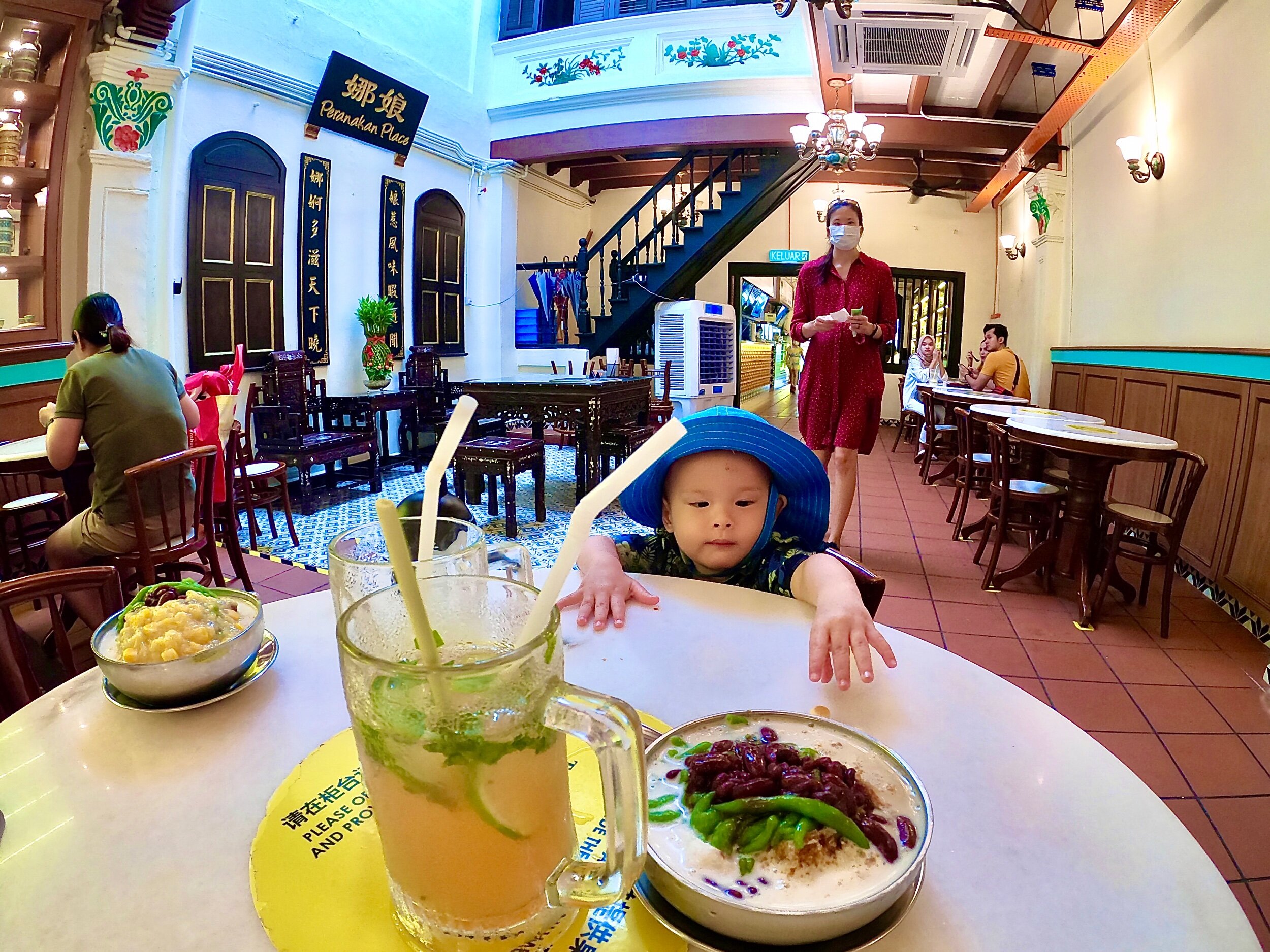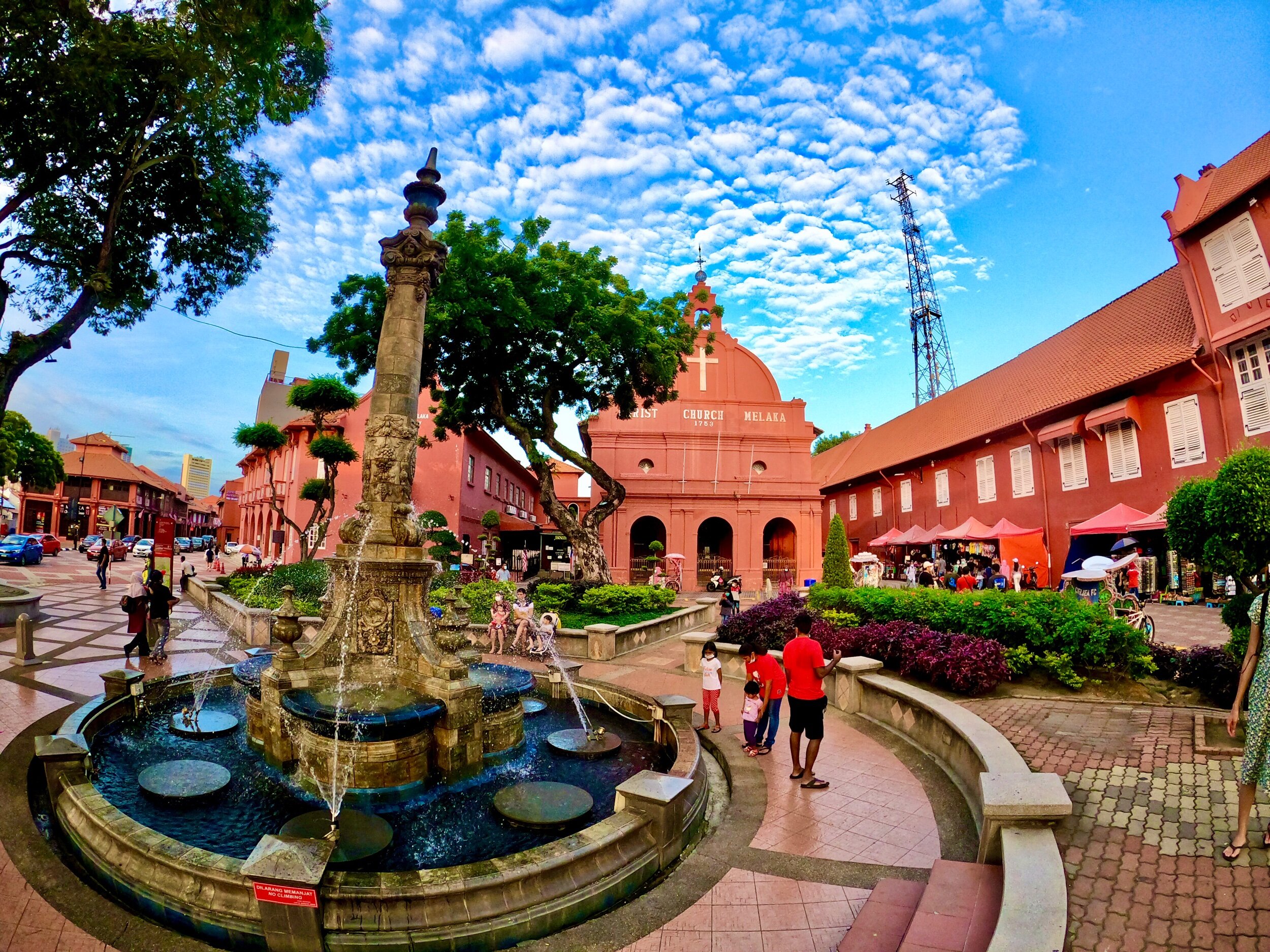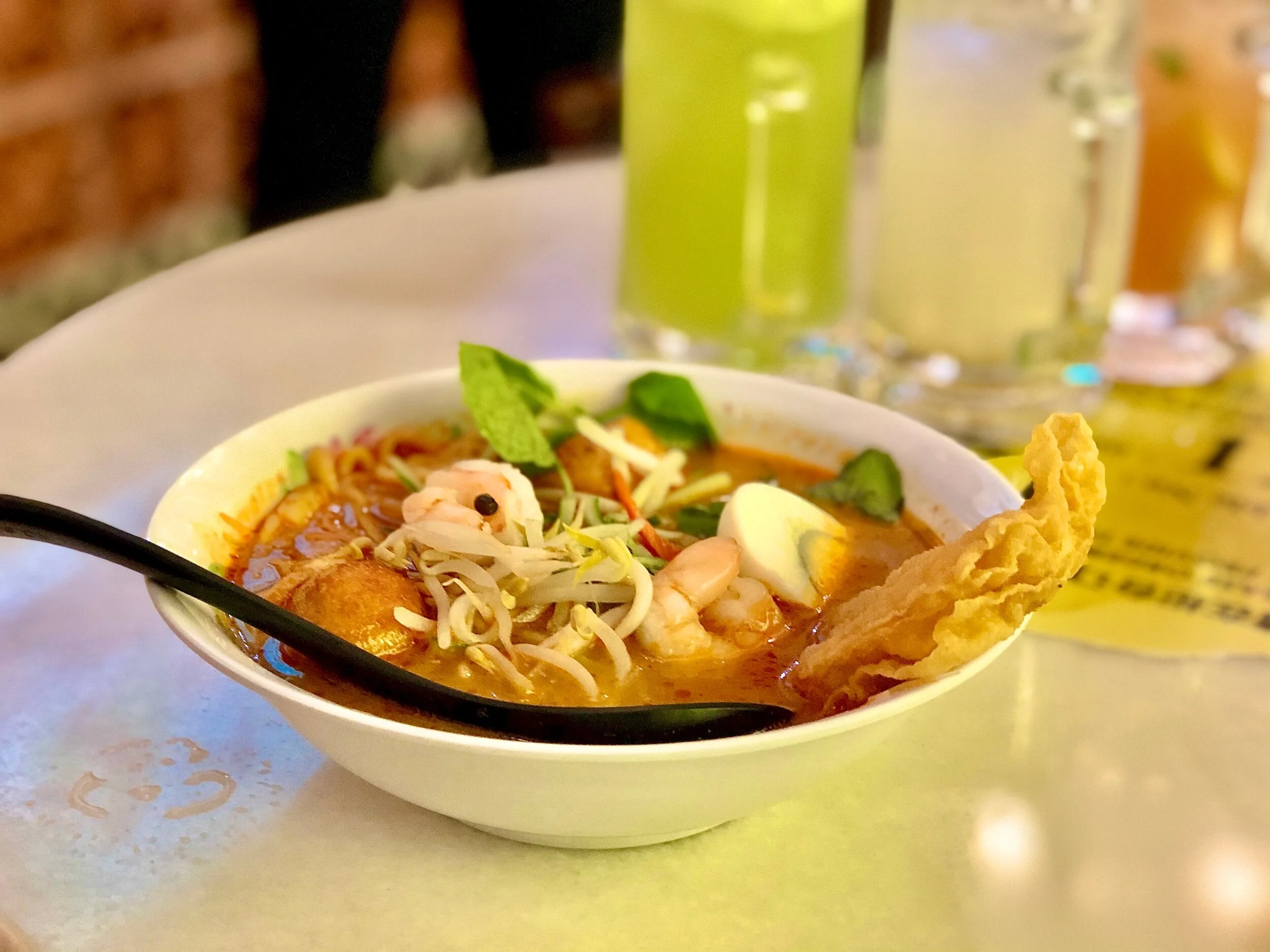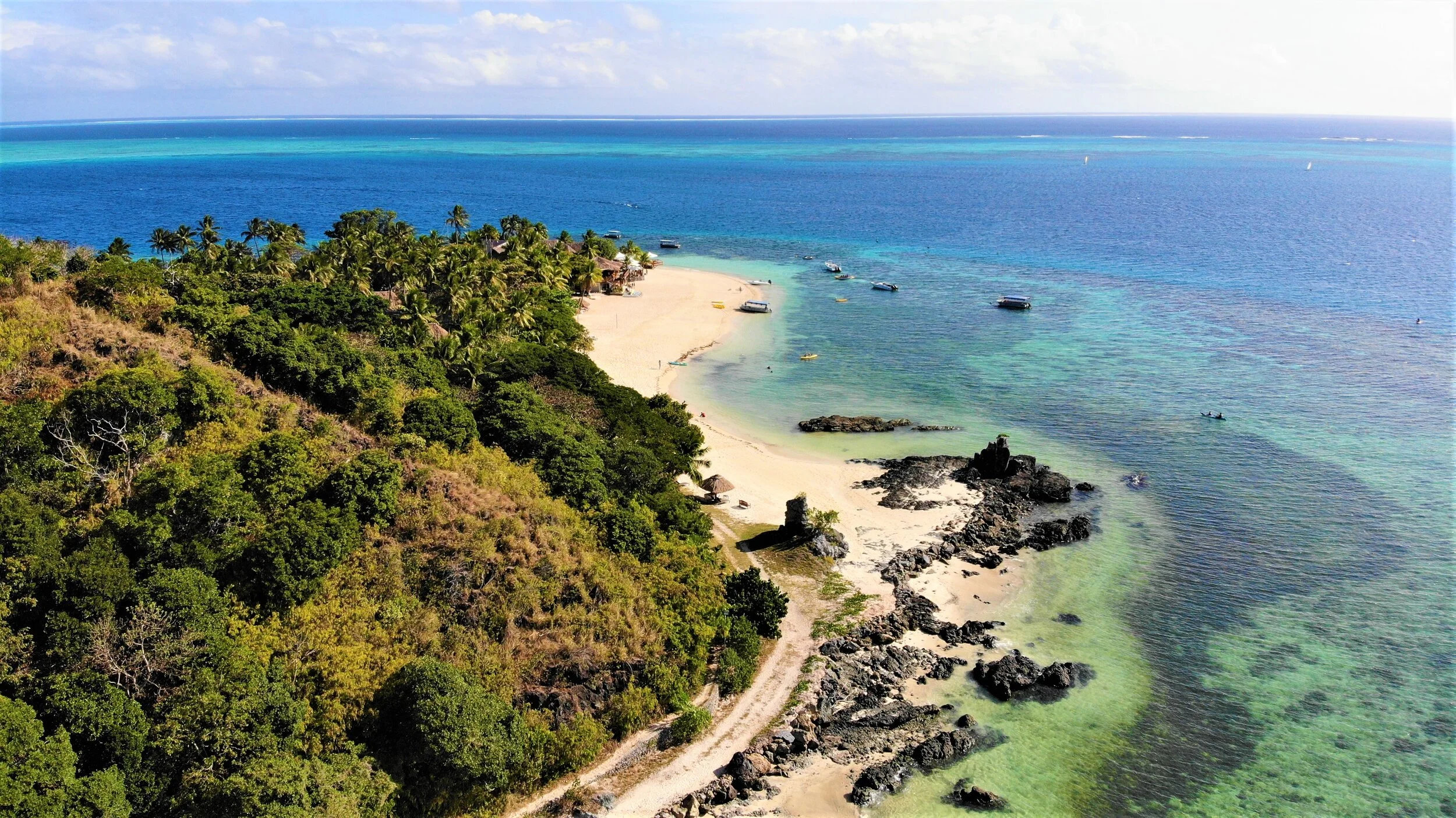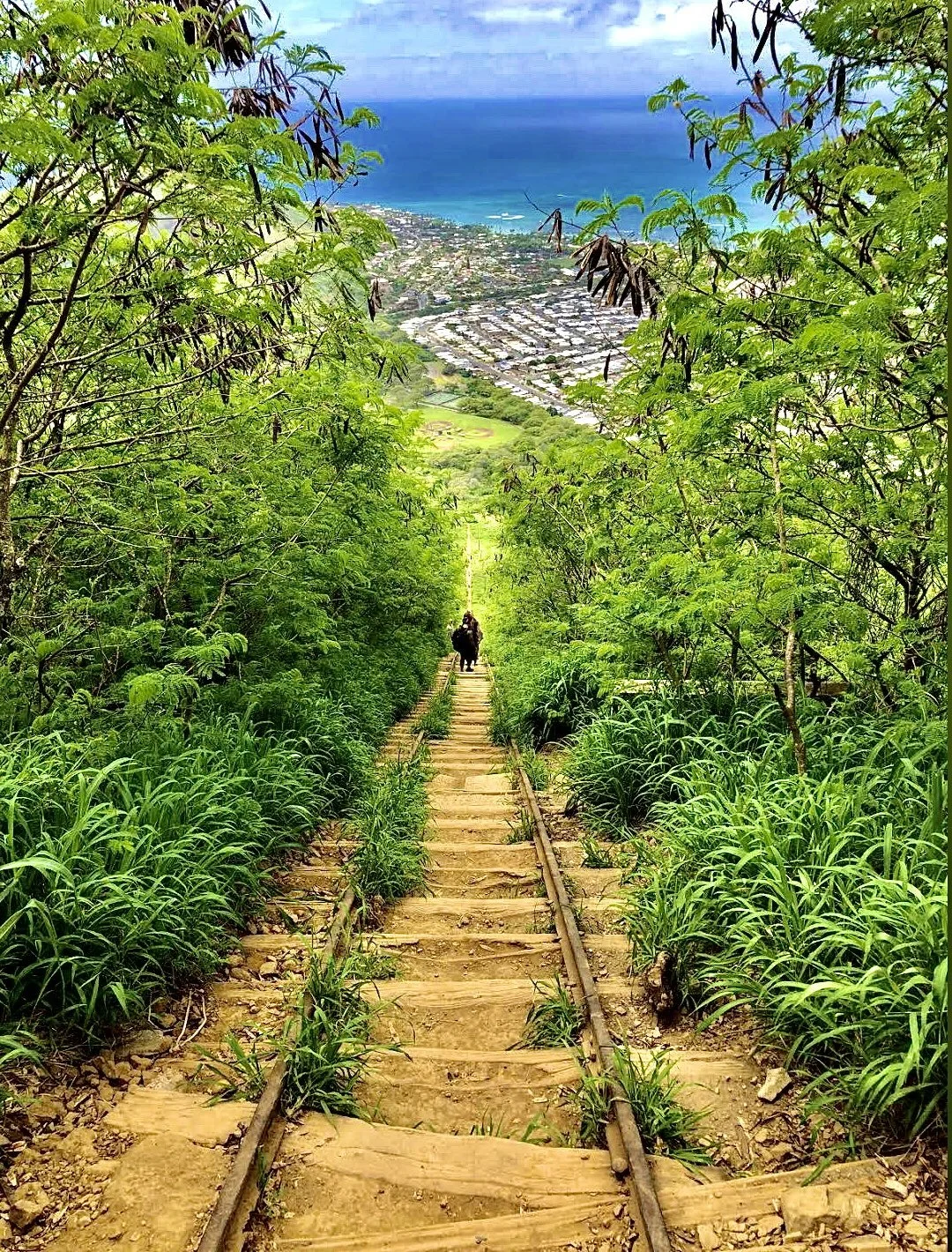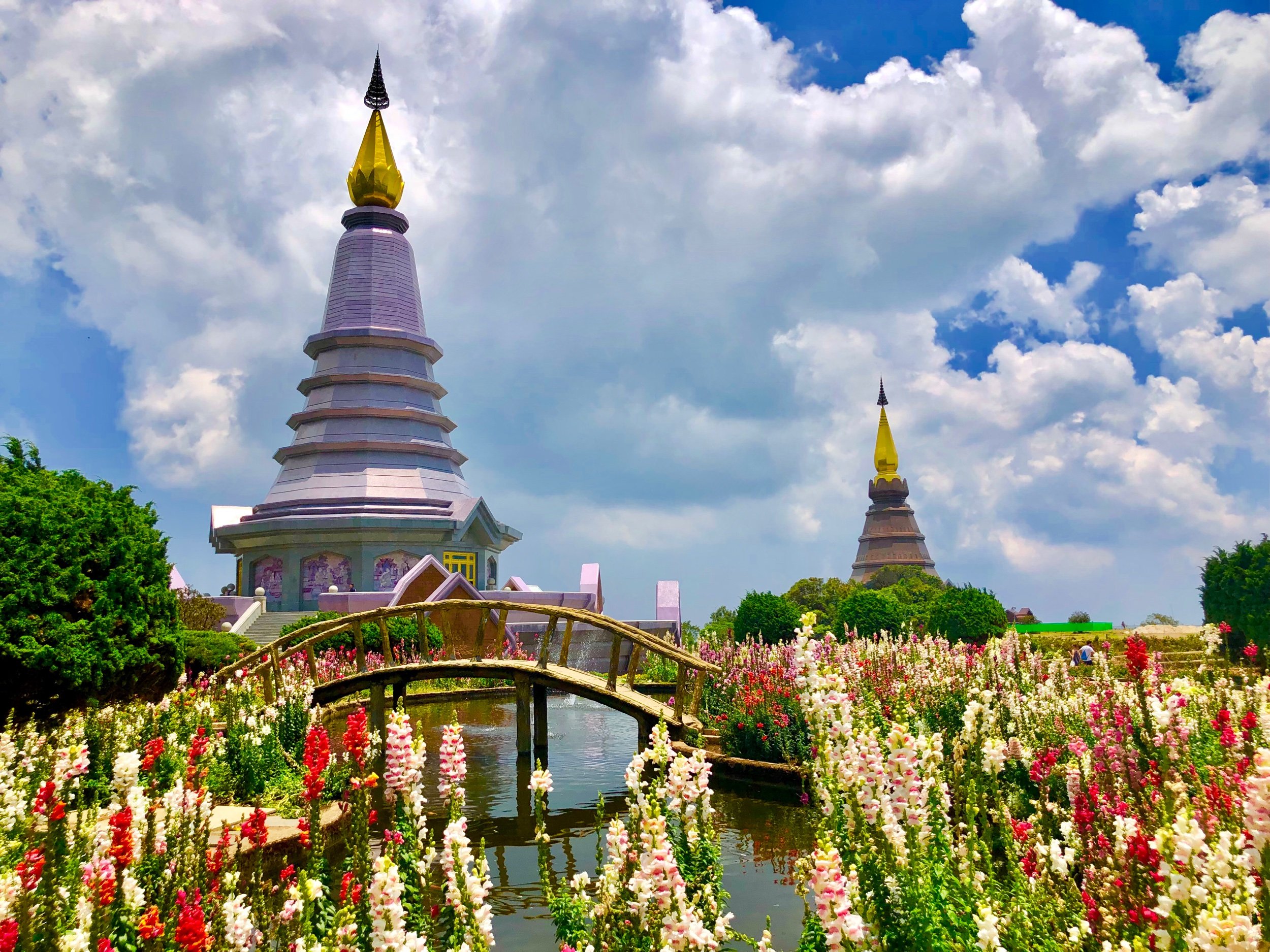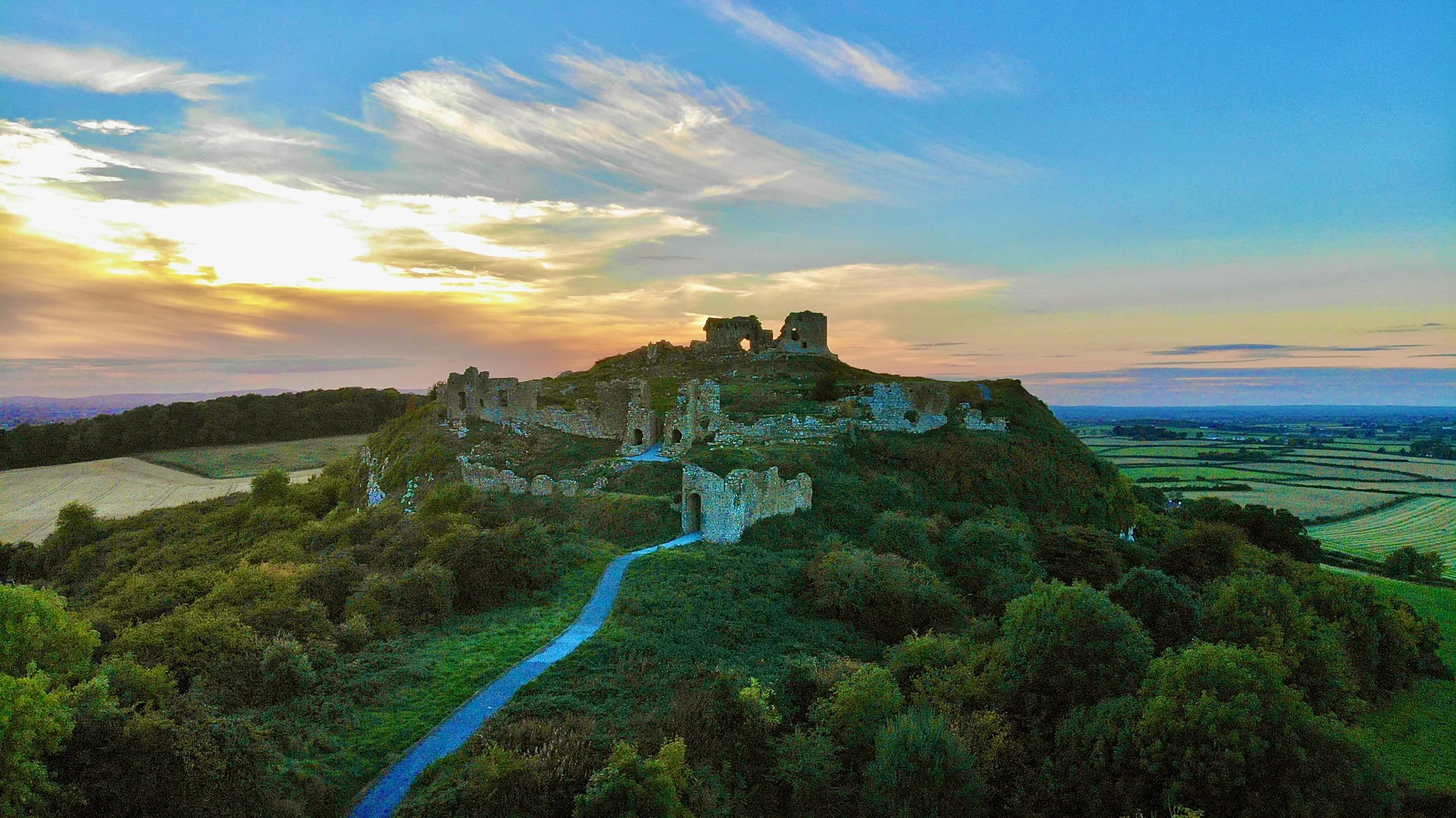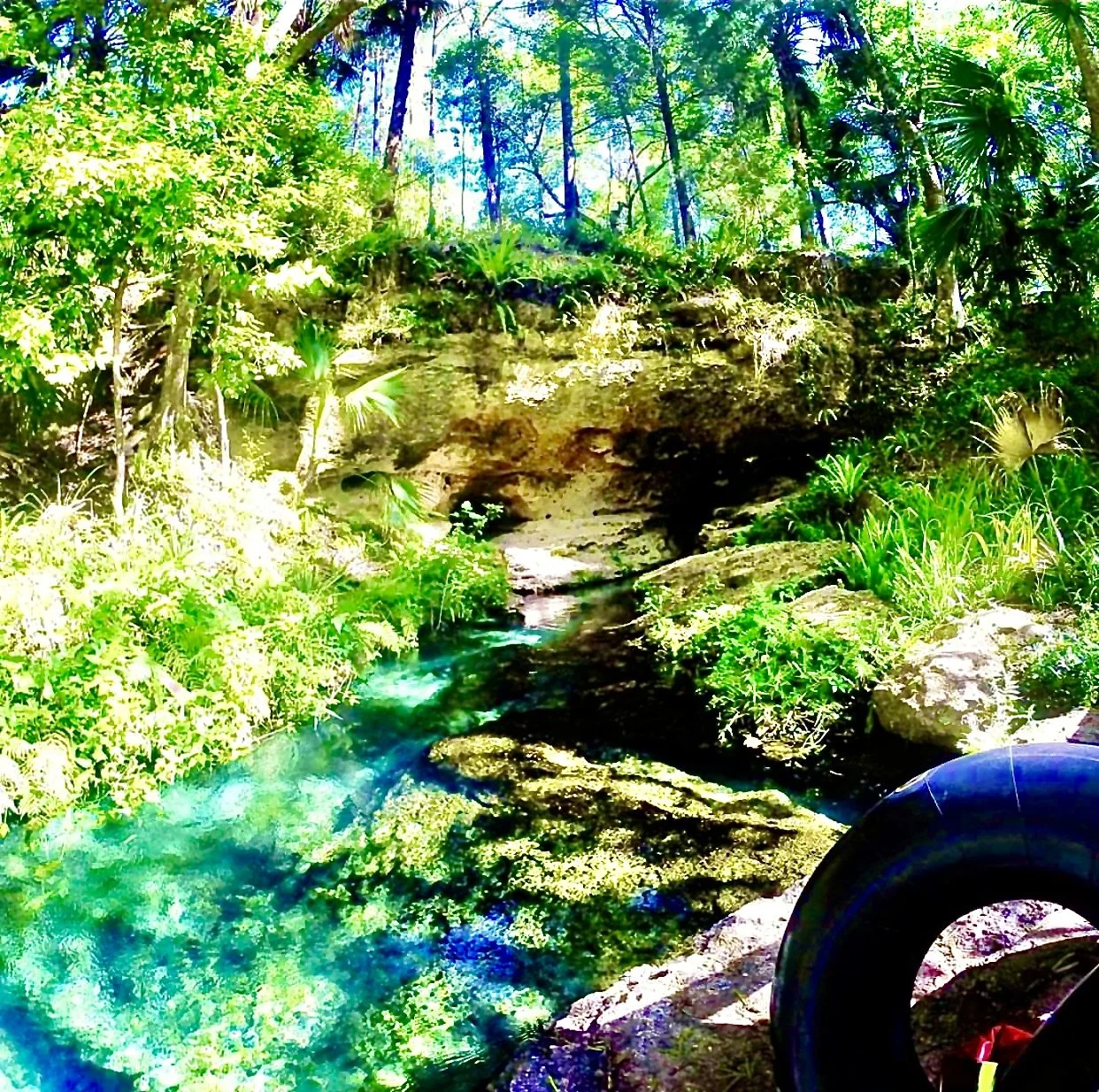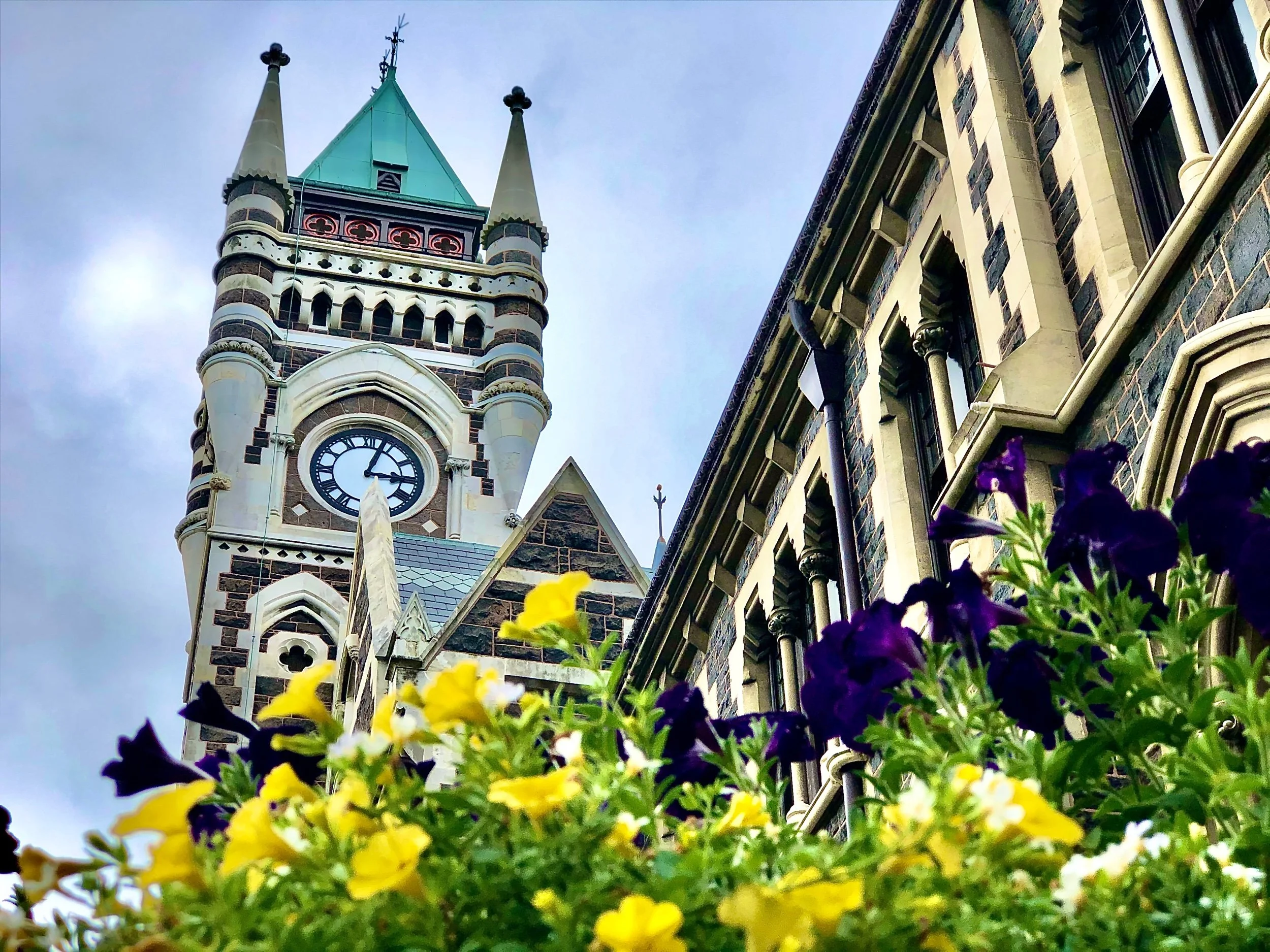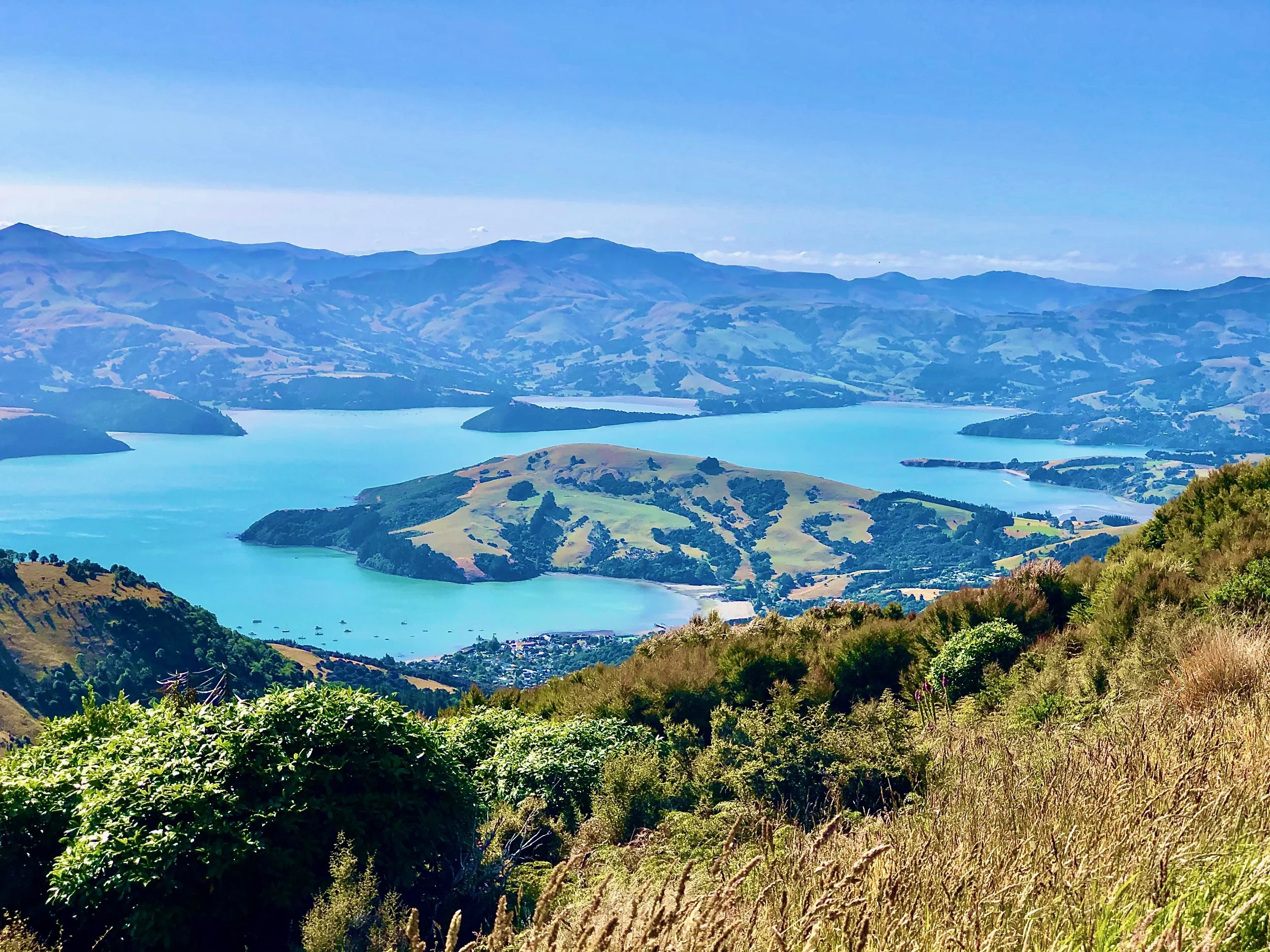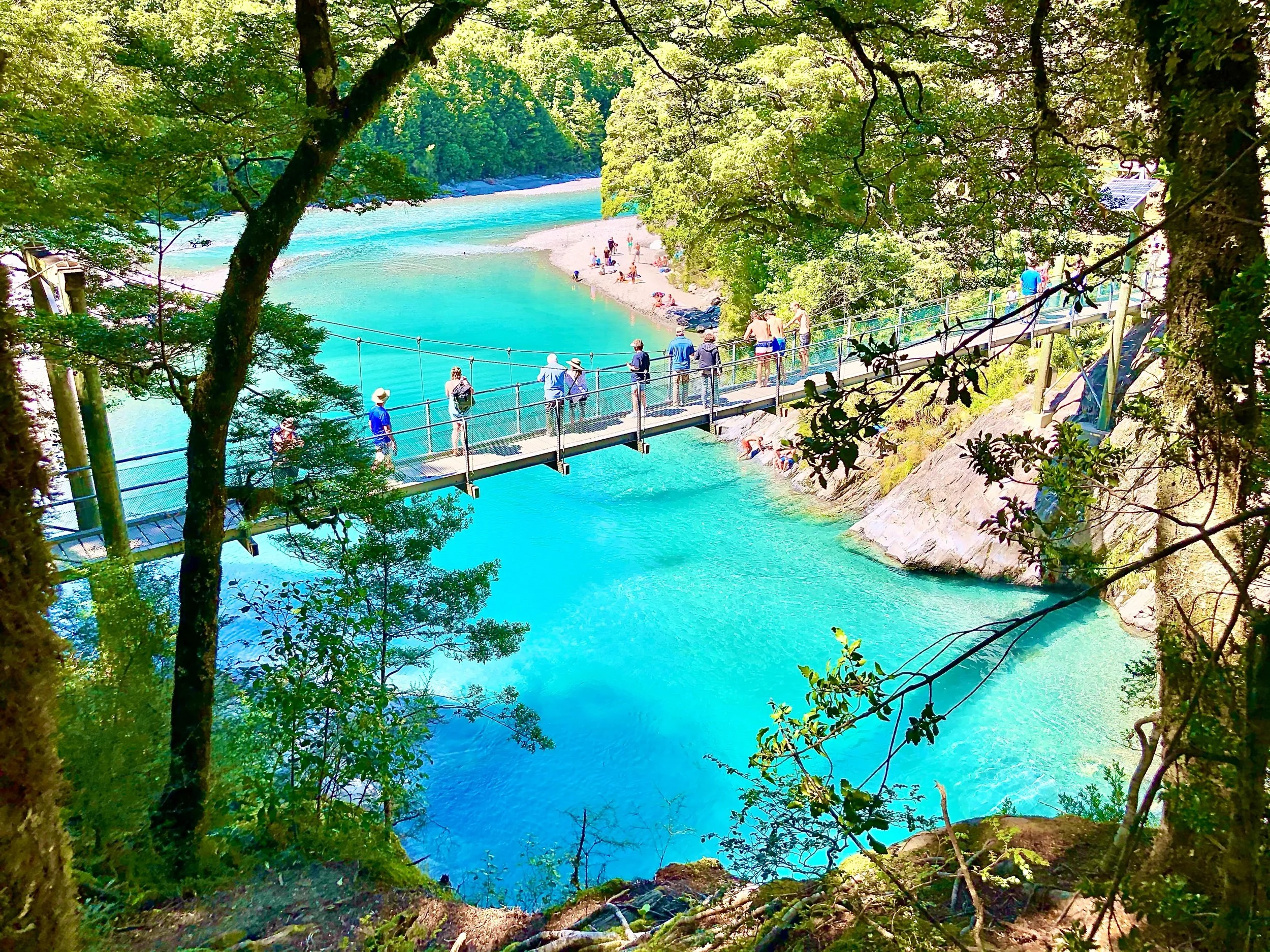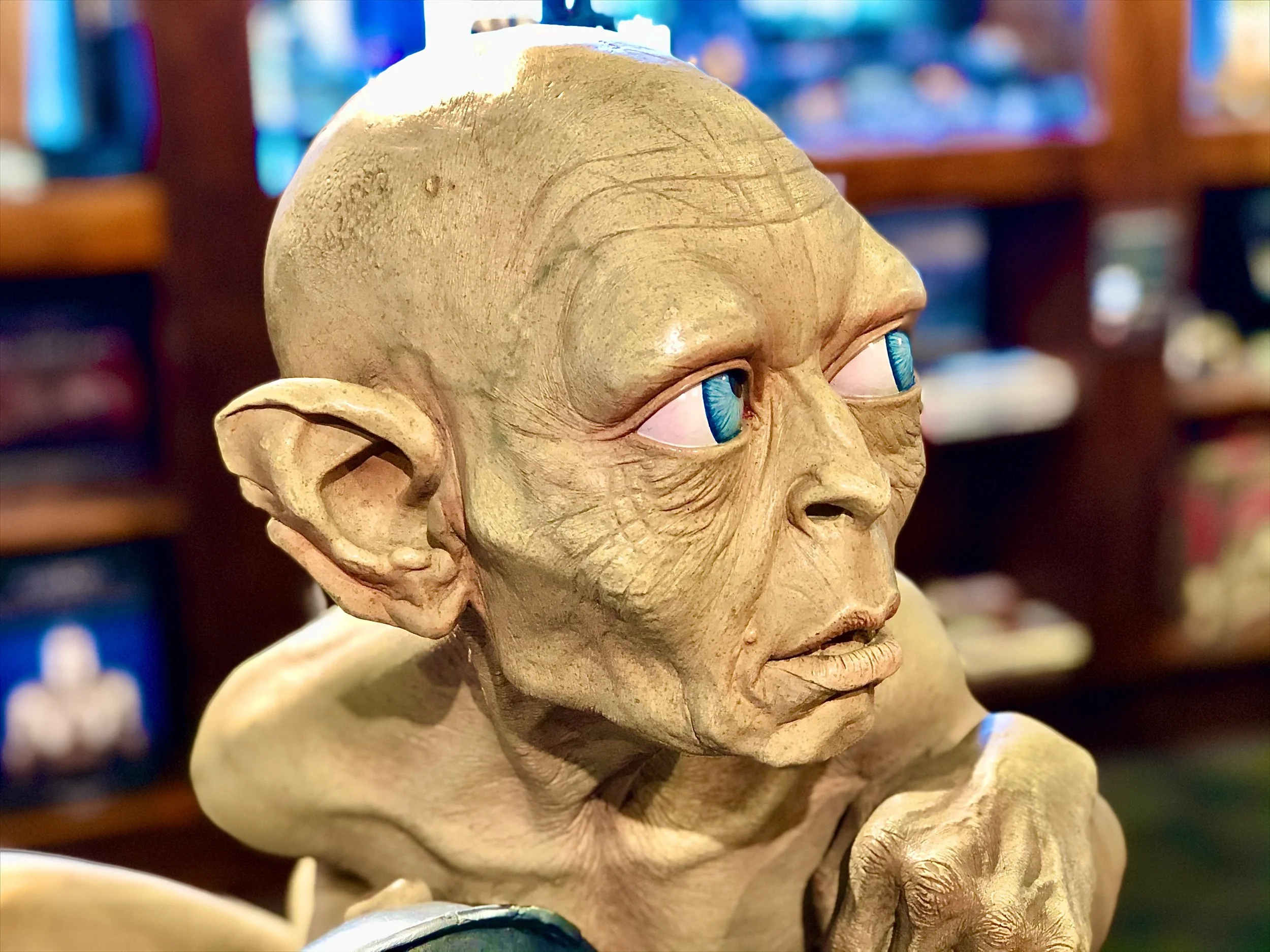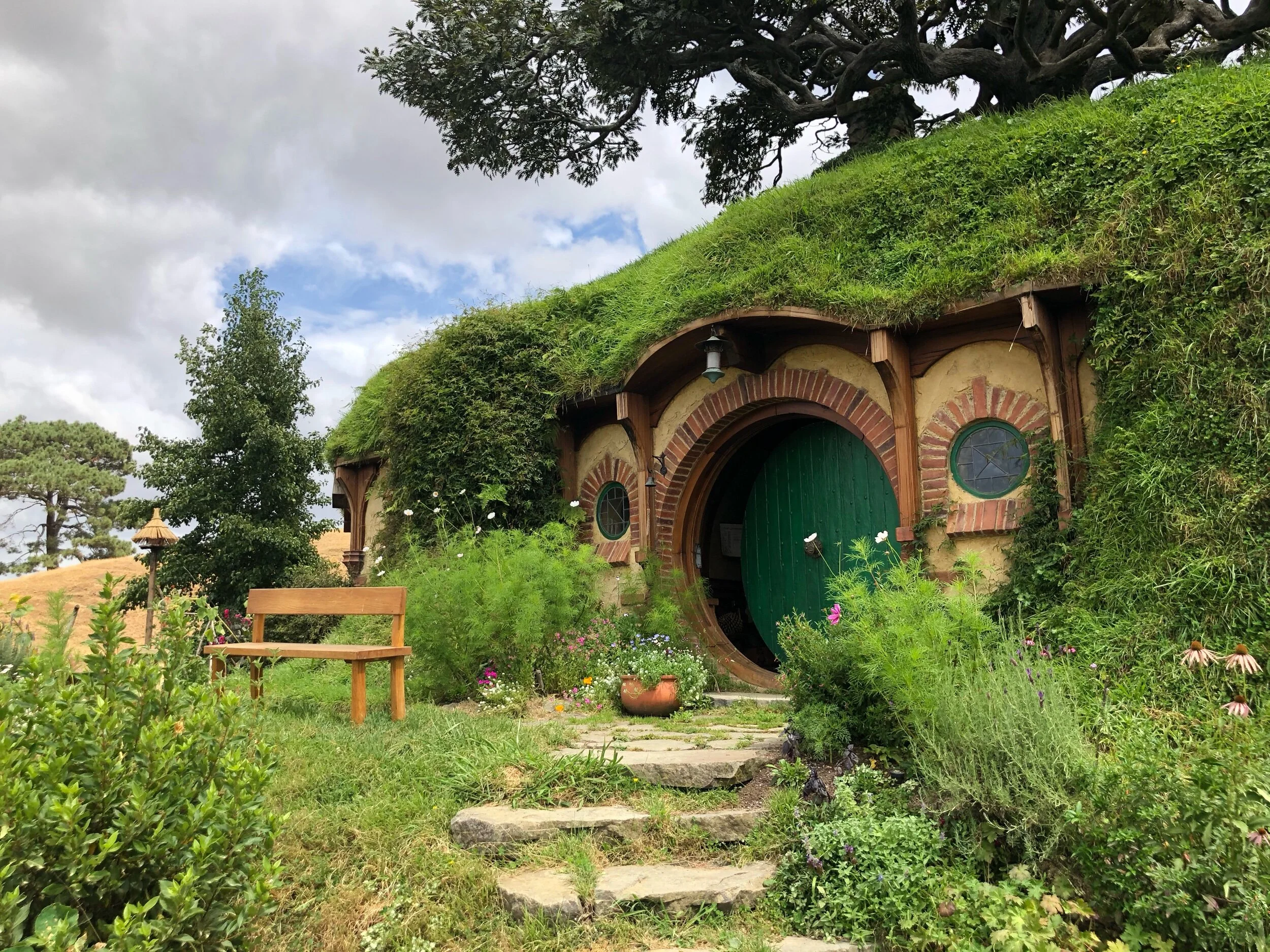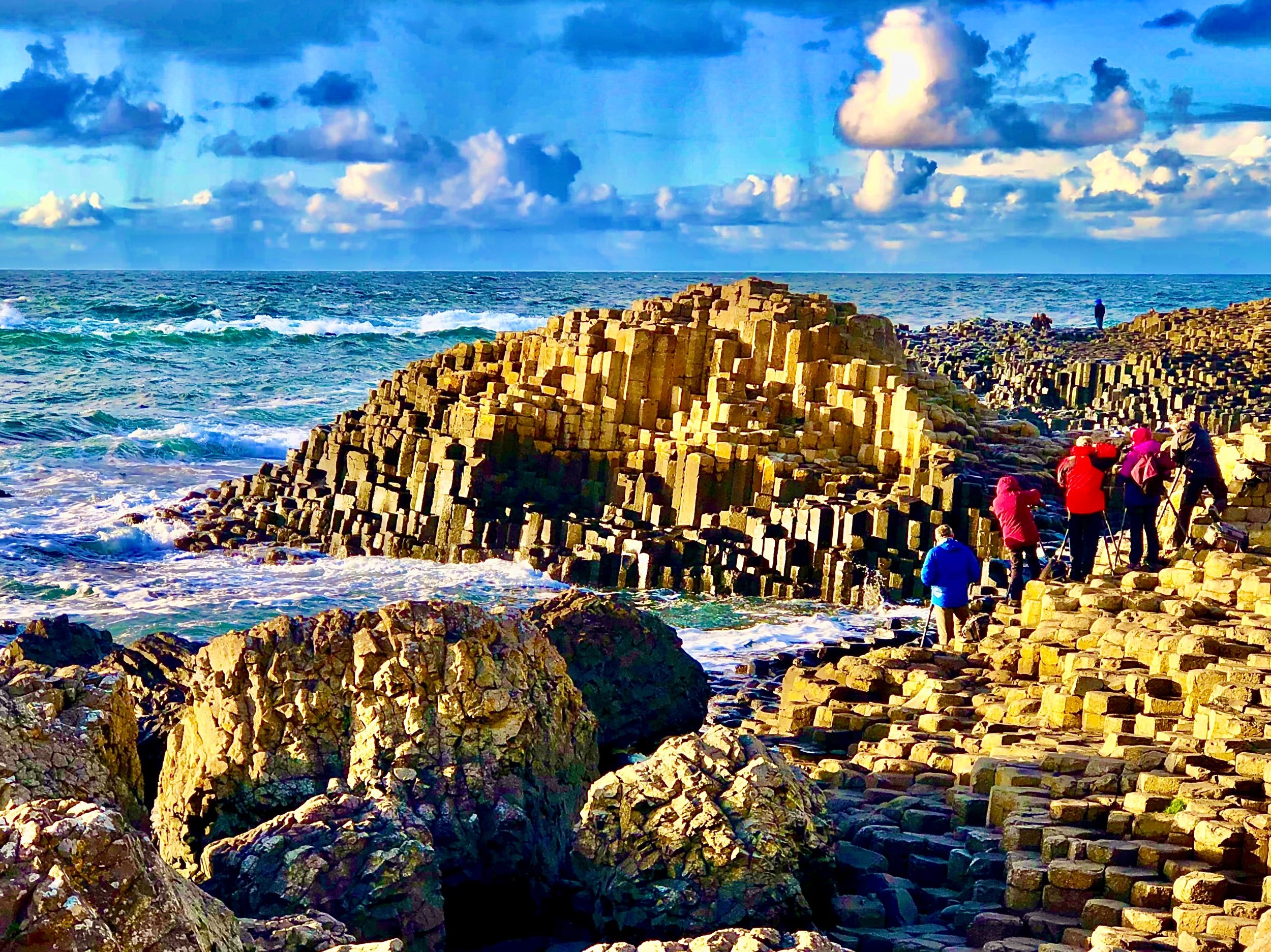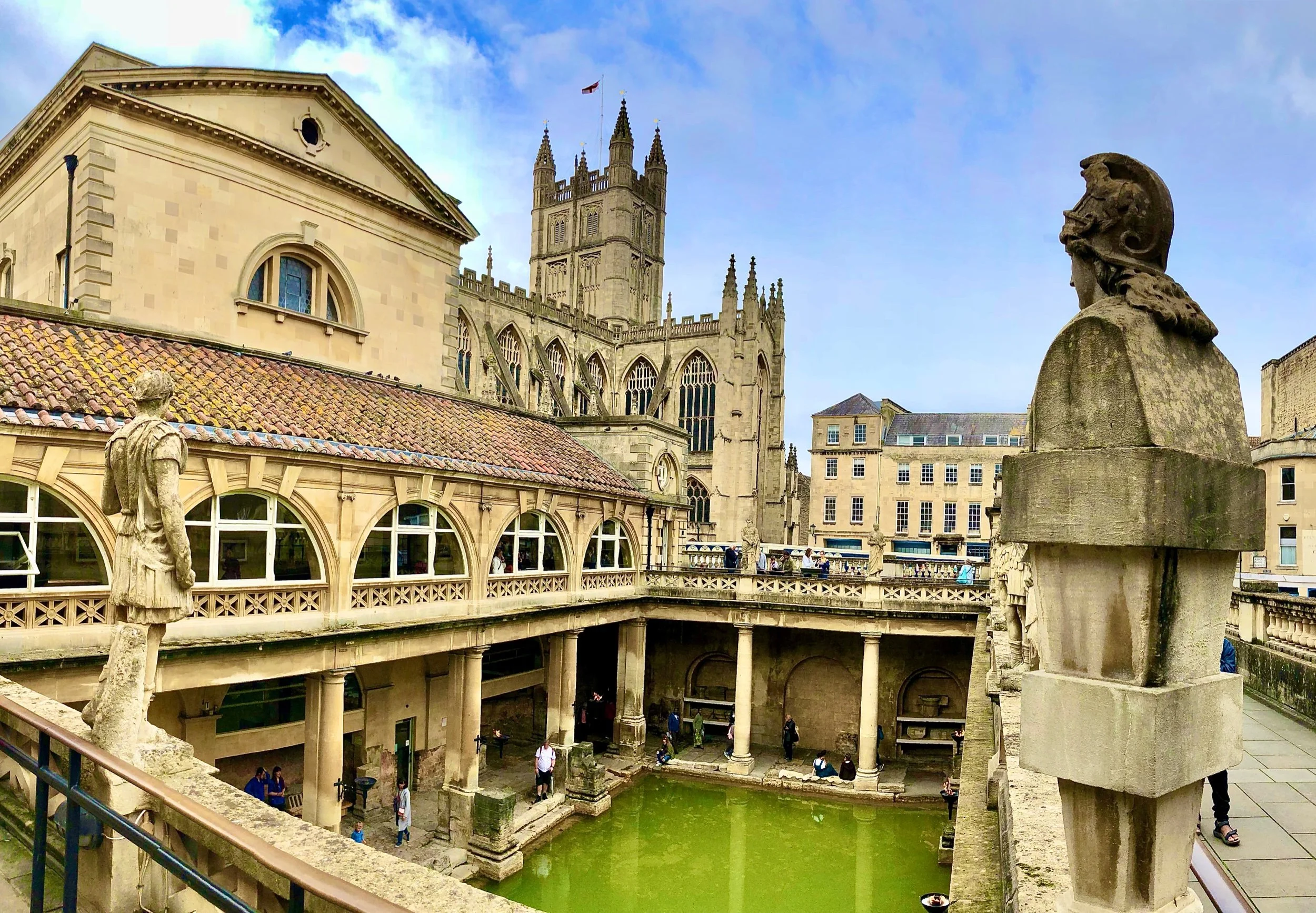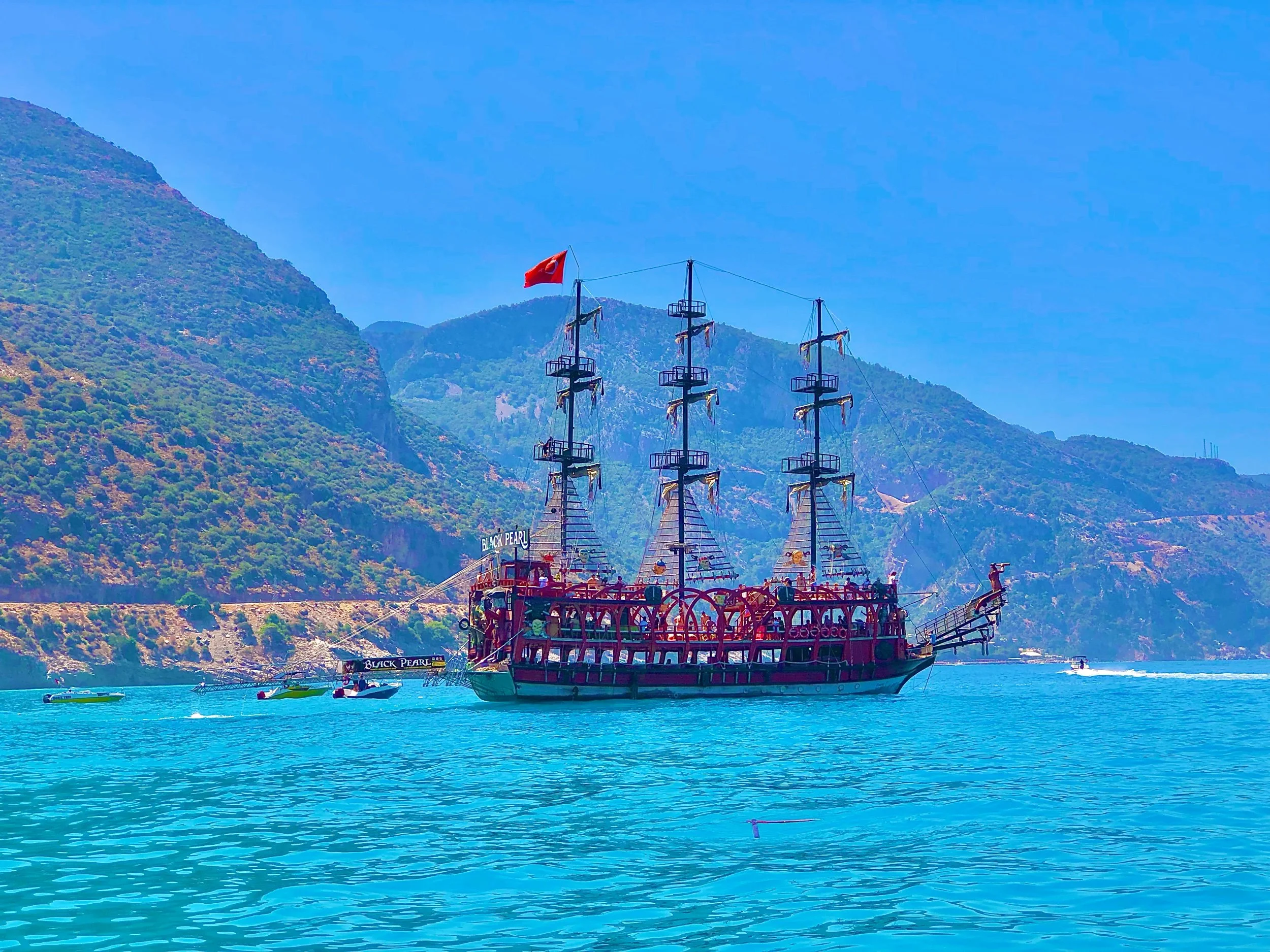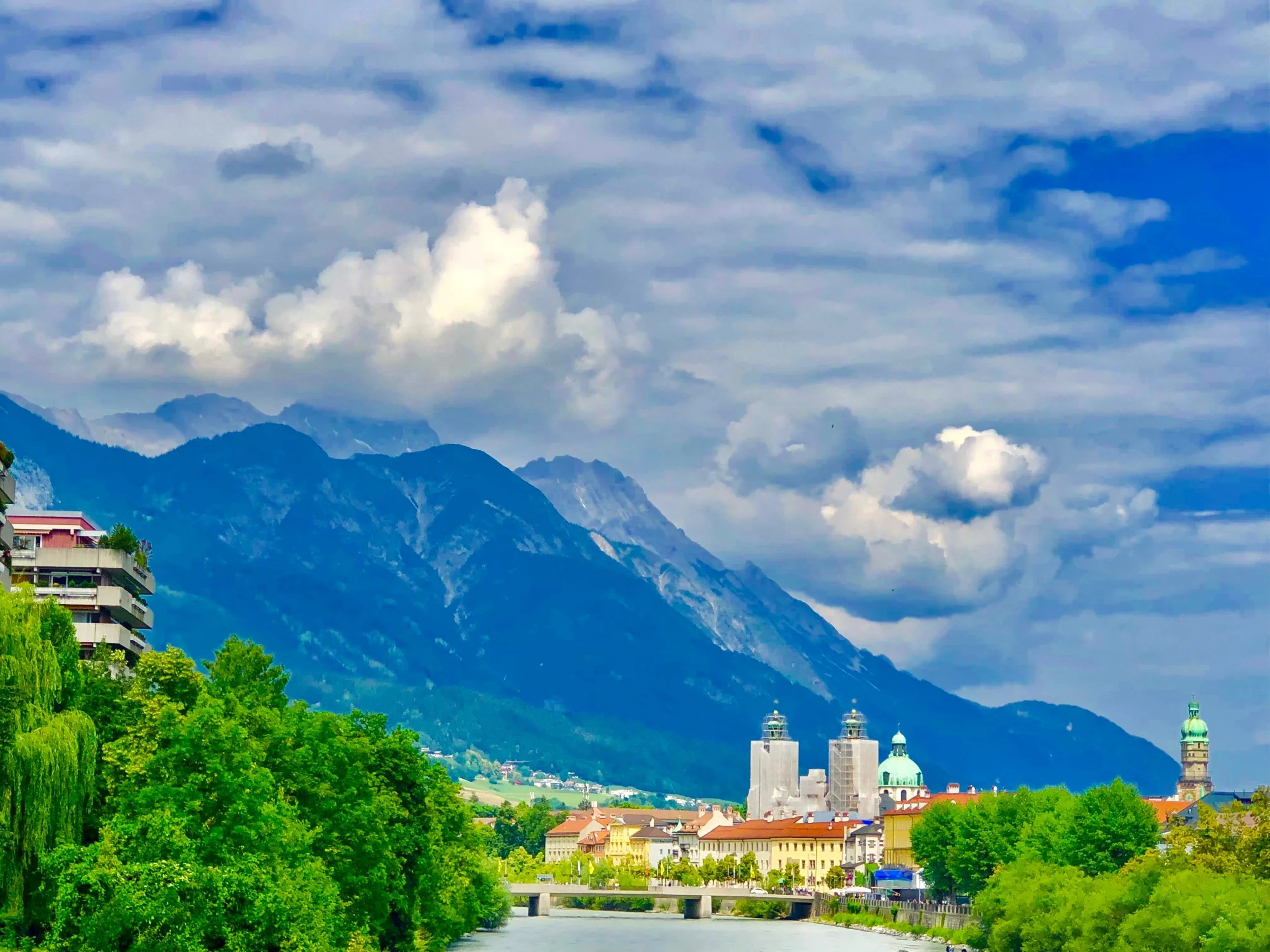Historical Malacca: Delicious Food, Culture, and Colonial Influence - Malaysia
Please note: This post may contain affiliate links. See our disclosure to learn more.
Jonker Street, Malacca
Destinations > Asia > Malaysia > Historical Malacca: Delicious Food, Culture, and Colonial Influence
MORE OF MALAYSIA: Kuala Lumpur, Penang, The Habitat, Historical Malacca, The Lost World of Ipoh, Cameron Highlands, Johor Bahru, Delicious Straits Recipes, and Johor Bahru to Singapore
Family Friendly Things To Do in Melaka
Malacca, also nicknamed as the Venice of the East, is a state in Malaysia that is filled with a number of historic landmarks and cultural centers. Malacca was originally a fishing village that was inhabited by locals known as Orang Laut. Other than being the oldest city in Malaysia, it is also said that the state got its name from a tree that Parameswara, the first Sultan of Malacca, was resting under.
After being colonized by the Portuguese and Dutch for more than 300 years, Malacca City is now a hub of breathtaking sights and historic landmarks. Located only two hours away from Kuala Lumpur, Malacca has always been a famous spot for short getaways, especially for locals. This historic city offers a number of colonial and cultural attractions, but it is especially known for its Nyonya and Peranakan styles of food.
It should also be mentioned that Malacca is also written as “Melaka” in many historical places throughout the city. Just make a note that they are all referring to the same place. To experience Malaysia's Oldest City best, we recommend starting out with a Historical Malacca Walking Tour, where you’ll learn to orient yourselves and see some of the biggest highlights in Malacca from the beginning!
Continue reading below to find out the top places that you should visit in Malacca. Grab your Culture & Customs Guide of Malaysia before you go for the best experience.
BEST DAY TRIP FROM KUALA LUMPUR
The 14-Attraction Full Day Historical Malacca Tour from Kuala Lumpur
cendol dish, Peranakan Place, Jonker Street, malacca
Must Try Nyonya & Peranakan Food
Malacca is known by locals for its delicious Nyonya and Peranakan food. It is one of the 3 major Straits cities, the others being George Town in Penang and Singapore (which used to be a part of Malaysia as well). All three places have some amazing food - but one could argue that Malacca’s is the best - as long as you’re having the Nyonya & Peranakan food in and around Jonker Street.
Pro Tip: While there are a number of amazing food places that are recommended in most every article, like Jonker 88, we would suggest that you check out a couple of others, particularly Peranakan Place just a block away from Jonker 88, and Kedai Kopi Chung Wah. Alternatively, learn how to make your own with an authentic Peranakan Food Course.
Peranakan Place, jonker street, malacca
Peranakan Place
For some authentic Nyonya cuisine, stop in here to avoid the long lines at Jonker 88 for taste that might even taste better! We HIGHLY recommend the Nyonya Laksa, the Fish Ball Noodle, and the famous Nyonya Baba Cendol.
Although we admit that we weren’t in Melaka long enough to try the Nasi Pandan Kukus items here, we did try a number of their take-away desserts and have a few recommendations for those as well, but we didn’t catch their names (see images below to know which ones we recommend - if you know what they are called, please comment at the bottom of this page to let us know - thank you!).
Chicken Rice Balls, Kedai Kopi Chung Wah, malacca
Kedai Kopi Chung Wah
Malaysia is known for their Chicken and Rice meals, but if you’re in Malacca it’s the Chicken Rice Balls that you should try. Thus, if you’re a meat eater, one of the most famous places to have Chicken Rice Balls is at this location. Locals will line up very early to catch a seat for these savory morsels as they sell out quickly and are closed by 2pm.
They open at 9am and have a limited menu so it’s hard to go wrong on ordering. We recommend paring your meal with their recommended Barley beverage, another local favorite.
Stadthuys complex & Christ Church Melaka, malacca
The Stadthuys Complex
Stadthuys Melaka, or often called the Red Square, is another famous historical place that can be found in the heart of Malacca. Built by the Dutch in 1650, Stadthuys is the oldest surviving Dutch building in the East. The complex is well known for its vibrant red exterior and also a red clocktower that was later built in the 18th century.
This building originally functioned as the office for the Dutch Governor and Deputy Governor. Now, Stadthuys Malacca has been converted into a museum where it displays the traditions of Malacca, as well as the history of the Malay Sultanate to the colonial period of Portuguese and the Dutch. Just behind the Stadthuys is the Museum of Literature where you can enter and learn about local legends through the displayed photographs, maps, and prints. To learn about the elaborate history of Dutch Melaka, read “Trade and Society in the Straits of Melaka: Dutch Melaka and English Penang.”
You can also find Flor de la Mar, a half-sized replica of the ship that carried the Portuguese viceroy - led by Alfonso de Albuquerque - at the Maritime Museum just Southwest of Stadthuys. This area is also one of the main stops on the Historical Walking Tour of Malacca.
Continue onward behind the museums and you’ll find yourself atop St. Paul’s hill.
Pro Tip: This museum is NOT air conditioned, although it does have a few large fans. We were quite warm by the time we finished up in here. If you’re looking to cool down, like we were, you can head out the back of the museum and up to the “Muzium Pemerintahan Demokrasi” building - (a.k.a. the “Democratic Government Museum”). There is no fee to enter, but you’ll need to take off your shoes to enter. Honestly though, on a hot day that’ll be a blessing as you are able to sit down and relax in this very well air-conditioned building.
A Famosa (Porta De Santiago), Malacca, malaysia
Porta De Santiago (A Famosa) & St. Paul’s Church
Located at the summit of St. Paul’s hill are the ruins of St. Paul’s Church. This church was built by a Portuguese Nobleman Captain as a way of showing gratitude to the Virgin Mary for saving his life at sea. Even though this roofless church has been a ruin for more than 150 years, a visit here will not disappoint you as you get to see where a marble statue of St. Francis Xavier, the greatest Roman Catholic Missionary, just outside of the church stands. You’ll also find large intricate tombstones of the Dutch nobility that were buried here, just inside the church ruin. If you are looking for amazing photos, then stop here for a beautiful view of the city as well - while enjoying the breeze!
Continue down the other side of the hill and you’ll come to “A Famosa,” also known as Porta de Santiago, which was once a fort built by the Portuguese Admiral Alfonso de Albuquerque back in the 15th century. The fort is also one of the oldest European architectural remains in Southeast Asia.
In the 15th century, this fortress was so huge that it housed the entire Portuguese administration including a hospital, four key towers, and five different churches! However, what’s left of it now is only the crumbling white-washed gatehouse located downhill from St. Paul’s Church. You’ll learn a lot more about the fantastic significance of these two spots by going on the historical walking tour of Malacca or by reading the book “The Portuguese and the Straits of Melaka".
Pro Tip: This area is usually full of tourists. It also lacks shade, so it can be very hot during mid-day. The Dataran Pahlawan Mall is just across the street from here, so if you need a place to sit down and cool off, we would recommend stopping here for a nice cold A&W Root Beer!
#Fun Fact: After the death of St. Francis Xavier, his body was temporarily interred in the church’s burial vault for nine months! You can still find the tomb in the church ruins.
Malacca sultanate Palace, malacca
Malacca Sultanate Palace
Another attraction located at the base of St. Paul’s Hill, near A Famosa, is the Malacca Sultanate Palace. This is a wooden replica of Sultan Mansur Shah’s palace. It is said that the 7-tiered palace was built without a single nail and consists of copper and zinc roofs - which made it the most complicated structure ever built back in 1459.
However, the original castle was destroyed a long time ago. Today, this replica acts as a museum that houses over a thousand artifacts, drawings, and photographs of Malacca from that era. There are a total of eight chambers that you can access in this 3-story museum where you can view various weaponry, decorative arts, and traditional clothes on display. You can also find three galleries that tell you about the famous Malacca legendary warriors - Hang Tuah and Hang Jebat.
Pro Tip: Do expect to spend a fair amount of time reading the many historical stories at this museum, as that is its primary focus.
This beautiful 3-story museum is open for visitors from 9 a.m. to 5 p.m. and is closed on Tuesdays. To enter the museum, a small fee is required which costs only MYR2 (approximately $0.50).
Melaka River Cruise boat dock, malacca
Melaka River Park & Cruise
Malacca City can become a little crowded, especially on the weekends. So, another alternative for you to explore the historical city of Malacca is by boarding the Melaka River Cruise! You can start the journey by purchasing the river cruise tickets at the Spice Garden Jetty or Melaka River Square Jetty. From there, you can board their boats and enjoy the 45-minute journey where you get to see Melaka’s famous spots such as the Stadthuys, the Church of St. Francis Xavier, and Jonker Street!
Along the cruise, you’ll get to see an amazing amount of colorful murals on the buildings along the river that show different aspects of the culture and history of Malacca. The ticket price for the boat ride is MYR30 and MYR25 for adults and children.
Pro Tip: After deciding to try this cruise, we also decided to walk along the entire riverside path to see it again. It’s a wonderful evening stroll and you get to see so much more of what Malacca is like once the sun sets - and all the lights turn on!
Jonker Street at Night, Malacca
Jonker Street
This old street is a “Local Chinatown-fusion” packed with traditional shops and interesting attractions. During the day, you can find various instagrammable cafes and restaurants such as the famous Daily Fix cafe that serves the best Iced Matcha Latte and Pandan Gula Melaka Pancakes! You can also find a number of restaurants that sell chicken rice balls here too!
A variety of tasty authentic Malacca delicacies and desserts can be found at the night market, such as the Durian Cendol. Jonker Walk is also a perfect place for those who would like to bring home some souvenirs as there are a number of hawkers that sell cheap keychains, handicrafts, and even old relics here.
If you’d like to know more about the significant historical aspects, and specialty foods, located on Jonker Street, join in with the walking tour. If you’re seriously interested in the food, consider the authentic Peranakan and Malay Cuisine food course - that’s hosted in a Local Home in Malacca to get hands-on and learn to make, and prepare, your own Peranakan dishes.
Pro Tip: Jonker Street is much less crowded during the daytime because it is quite a bit warmer outside and many of the food carts are not yet open. However, the restaurants and hawkers are out nearly all day long - so it makes sense to go check them out to give you more time to explore the rest at night. Additionally, the Baba Nyonya museum is in this area, so you can check that out while you’re there.
P.S. Some people, especially Malaysians, love to eat durian while others have a sharp dislike for the unique flavor. If you’re going to try some, we recommend starting small and fresh.
Baba Nyonya Heritage Museum
Baba Nyonya, or Peranakan, actually refer to the descendants of the Chinese immigrants who came to the Malaya Archipelago back in the early 16th century. The Baba Nyonya Heritage Museum shares the rich culture of the Peranakan families from that time. Before turning into a museum, the building was once the home to Chan Cheng Siew in the late 18th century. Four generations of the family actually lived in the house before it was turned into a museum and opened to the public!
This Chinese-Palladian-style townhouse features beautiful hand-painted tiles and exquisitely carved teakwood doors. There are also two red lanterns hanging on both sides of the entrance. The interior is decorated lavishly with Blackwood furniture from China and magnificent gold-leaf carvings adorning the unique set of staircases leading to the upper floor.
The Baba Nyonya Heritage Museum entrance fee is about MYR16 (less than $6.00) for adults and MYR11 for kids. It opens daily from 10 a.m. to 5 p.m. and you can also get guided tours if you add an extra MYR4 per person!
Pro Tip: While we showed up just before 10 a.m. on the day that we went, it still wasn’t open at 10:30 a.m. So, do take into account that there are other things to do and see in the area, such as Jonker Street, if you are waiting for it to open.
Bahtera Merdeka Ship, Melaka Alive / Pirate Adventure, Malacca
Pirate Adventure (Melaka Alive)
If you’ve been to Malacca before, then there is a chance that you’ve heard about “Melaka Alive”, or “Pirate Adventure Melaka.” These two exciting attractions are perfect for those who are traveling with families as you get to join in and interact with five interactive zones at the Pirate Adventure’s thrilling ship and watch the Melaka Alive Show where you can learn about Malacca’s history.
Onboard, you’ll get to join the pirates on their adventure on the “Bahtera Merdeka Ship”, where you’ll battle with explosive cannons and evade scary giant sea monsters! After going through an unforgettable adventure with the pirates, continue the fun by watching the professional troupes performing in colorful costumes to show you the evolution of Malacca from the Sultanate period through the Portuguese colony and to the modern times!
Mini Malaysia area, Mini Malaysia & ASEAN Culture Park, Malacca
Mini Malaysia & ASEAN Cultural Park
Located in Ayer Keroh, about 25-30 minutes from Malacca’s city center, is Mini Malaysia & ASEAN Culture Park - where you can find replicas of traditional Malaysian and ASEAN homes. At the park, you’ll be able to take a closer look at Malaysia’s traditional houses from all of Malaysia’s 13 states. Inside each house are a number of historical artifacts, as well as a few mannequins dressed in different traditional clothes and local handicrafts.
In the rear of the park, is Mini ASEAN (the “Association of Southeast Asian Nations”), where you’ll get to see structures and artifacts from other regions of Southeast Asian nations. The other members of ASEAN are Thailand, Philippines, Brunei, Indonesia, Singapore, Vietnam, Myanmar, Cambodia, and Laos.
Both kids and adults can also learn how to play traditional Malay games - such as Congkak - and you can even try the Iban blowpipe - a traditional weapon used by Iban, one of the native people in Sarawak (on the Borneo island of Malaysia). Another highlight that you can’t forget to attend is the Malaysian & ASEAN dance show, which is included in your ticket price!
The park opens daily from 9 a.m. to 5.30 p.m. The entrance fee is extremely affordable (we paid less than $10), so we definitely recommend checking it out!
Pro Tip: If you’re headed into this area, consider also going to the Melaka Zoo, the Melaka Bird Park, the Melaka Crocodile Farm, the SKYTREX Adventure Park experience, or the Melaka Wonderland theme park - which are all nearby.
Photo by Kuiye Chen on Unsplash
Melaka Straits Mosque
The Malacca Straits Mosque, also known as the floating mosque, is a gold-domed mosque perched on an artificial island that overlooks the famous straits of Malacca. This majestic mosque was built in 2006 and you can find a grand archway at the entrance paneled with beautiful stained glass with Islamic motifs. The main dome of the mosque is inspired by the Middle Eastern style while the four corner turrets are topped with beautiful Malaysian rooflines.
The architecture of this mosque is extremely beautiful - especially at dusk - and it can also appear to float whenever the water levels rise - how cool is that!? However, since it is a religious place of worship, you have to be modestly dressed to enter the mosque - women must cover their heads and men need to wear long pants.
Bayou Lagoon Water Park Resort
Bayou Lagoon Water Park Resort is the perfect choice of accommodation especially for those who are traveling with kids. The resort is located at Bukit Katil, about 11 kilometers away from the Melaka City Centre.
However, it is close to many of the alternate top attractions in Malacca, such as: the Mini Malaysia Park, the Melaka Zoo, the Melaka Bird Park, the Melaka Crocodile Farm, the SKYTREX Adventure Park experience, and the Melaka Wonderland theme park!
Unlike other resorts and hotels scattered throughout Melaka, Bayou Lagoon Park features an exclusive water park that includes a colorful fun waterslide and an umbrella mushroom waterpark fountain! In addition, the resort has a business hotel, a convention center, and resort-style serviced apartments.
Thus, you can actually book a number of homestays here - that come with waterpark tickets included (this is what we did). Alternatively, if you’re just interested in the Water Park, the entrance fee for adult costs around MYR26 and MYR19 for children.
Magic Art Museum
Located only a stone’s throw away from Bayou Lagoon Water Park Resort is the Magic Art 3D Museum Melaka. Once you’ve stepped in this 7,000 square feet museum, you’ll see more than 50 unique 3D paintings both on the wall and floor!
The artworks were painted by talented Thai artists with vibrant colors combined with a specific shading technique that makes them appear 3D. Unleash your inner childhood imagination by interacting and posing with the paintings - the 3D effect looks super cool in your camera and makes for great photos to share with friends!
The 3D Magic Art Museum Melaka opens daily from 10 a.m. to 7 p.m. and the entrance fee is very affordable.
Pro Tip: Wear, or bring, socks with you as shoes must be left at the front.
Melaka Zoo & Night Safari
This 54-acre zoo was established in 1963 and is the second-largest zoo in Malaysia. Since this zoo is huge, you might get tired of walking but don’t worry, you can take the tram ride to see the animal exhibits!
This open concept zoo has over 400 species of animals - the magnificent Malayan Tiger, orangutan, white rhinos, tapirs, hornbills, and many more! You can watch Bird Shows, where beautiful Macaws and eagles perform tricks. There is also a session called Keeper Talk where the zookeepers will educate you about the animals around the zoo.
If you wish to see more animal activities, go on the night safari where nocturnal animals - like lions and other big cats - will be fully awake!
The day zoo opens daily from 9 a.m. to 6 p.m. while the night safari is only open on weekends from 8 p.m. to 11 p.m. Zoo Melaka’s entrance fee is around MYR35 for adults and MYR25 for children.
Pro Tip: If you’re headed into this area, consider also going to the Mini Malaysia & ASEAN Culture Park, the Melaka Bird Park, the Melaka Crocodile Farm, the SKYTREX Adventure Park experience, or the Melaka Wonderland theme park - which are all nearby.
Must-See Malacca Highlights
If you are looking for a short getaway from the bustling city, Malacca is the best place for you! Here, you get to learn more about the history and culture of Malaysia, and you can even take a ride on some elaborately decorated trishaws! Try out the famous Klebang Coconut Milkshake and walk around the historical city - you’ll have a blast!
Limited on your time in Malacca?
Make sure to see these top highlights:
The Stadthuys Complex (the Dutch area - for photos and colonial history)
St. Paul’s Church & A Famosa at Porta De Santiago (for photos and colonial history)
Jonker Street (for some of the most delicious food that you’ve ever tasted)
You can see all of these highlights (the best in Malacca) with the Historical Malacca Walking Tour.
Additionally, if you want to add in a little more culture, we’d recommend checking out the Mini Malaysia & ASEAN Culture Park.
And don’t forget to pick up the short Culture & Customs Guide for Malaysia before you go!
We know that with the walking tour and the culture park combined, you will feel like you’ve had an amazing Malaccan Adventure!
The Big Tour of Malaysia
Malacca is just one of the many amazing stops on our HIGHLY RECOMMENDED Bangkok to Singapore 14-Day Adventure. Please feel free to ask us anything about this amazing adventure as we know it’ll be one that you’ll remember forever! We loved it so much that we basically did it twice!
FAQ’s
What are the specific influences of Portuguese, Dutch, and British colonialism on Malacca's architecture?
The Portuguese influence is evident in the A Famosa fortress, which is one of the oldest surviving European architectural remains in Asia. The Dutch's contribution includes Christ Church and the Stadthuys, recognized for their red lacquer buildings with massive walls and heavy doors. The British influence is less about construction and more about conservation, preserving many of the buildings that exist today.
How has the multicultural heritage of Malacca shaped its culinary scene?
Malacca's culinary scene is a melting pot of Malay, Chinese, Indian, and Peranakan cuisines, reflecting its historical trade hub status. Peranakan or Nyonya cuisine, a blend of Chinese and Malay flavors, is particularly prominent. Dishes like Laksa, a spicy noodle soup, and Chicken Rice Ball, are distinctive to Malacca's food culture.
What are some of the intangible cultural heritages of Malacca?
Intangible cultural heritage in Malacca includes traditional practices and performances, such as the Baba Nyonya heritage, which encompasses unique wedding ceremonies, clothing, and dialects. The Portuguese Settlement still celebrates Festa San Pedro to honor St. Peter, reflecting the community's fishing roots. Additionally, traditional Malay art forms like Silat, a martial art, and Dondang Sayang, a form of sung poetry, are also part of Malacca's cultural tapestry.
(1) Historical Malacca: Delicious Food, Culture, and Colonial Influence .... https://eatwanderexplore.com/blog/historical-malacca-delicious-food-culture-and-colonial-influence-malaysia.
(2) The Lost World of Ipoh - Perak, Malaysia - REmotiFIRE by EatWanderExplore. https://eatwanderexplore.com/blog/the-lost-world-of-ipoh-perak-malaysia.
(3) Exploring Food Culture: How Cuisines Reflect Cultural Identity. https://eatforlonger.com/exploring-food-culture-how-cuisines-reflect-cultural-identity/.
Mini Malaysia & ASEAN Culture Park, Malacca, Malaysia
Thank you VERY much for reading our article. We actually created this website to help people reach financial independence. Did you know that by having a remote job and traveling endlessly, or living in a country that has low costs of living, you can actually reach retirement quicker? Plus, retirement abroad is up to 75 percent cheaper as well! Learn more by exploring our website: EatWanderExplore and REmotiFIRE.
See our Thank You page to sign up for our free weekly newsletter - you’ll receive only 1 email per week letting you know about our latest travel articles, remote-work life, and amazingly affordable destinations!
Found this post useful? Buy us a coffee to help support this site’s running costs OR share this article with a friend.



